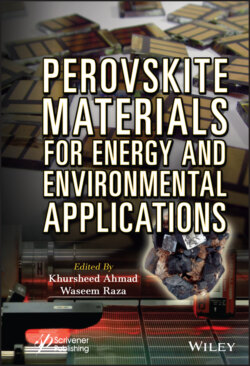Читать книгу Perovskite Materials for Energy and Environmental Applications - Группа авторов - Страница 13
1.1 Introduction
ОглавлениеComputational simulation is a technique that uses a software program to research and analyze the behavior of a real device or an imaginary system. Simulation is based on a mathematical model describing the process under study. In many instances of functional interest, numerical simulation of semiconductor devices is an effective tool for chip development. It is a significant technique for optimizing new semiconductor devices.
With respect to solar cells, numerical simulation has proven to be a viable tool over the years to study and comprehend the features and properties of solar cell devices, like the electrical, optical, and mechanical properties of complicated device structures of solar cell. The advantages of simulation are calculating the electrical behavior before the manufacturing process, calculating and visualizing internal electronic values that cannot be measured. It also helps to reduce processing costs and time spent on manufacturing solar cell devices by providing useful information on how the parameters of production can be varied to improvise the behavior of the device.
In this chapter, different simulation softwares are discussed. It presents the physical basis for modeling of semiconductor devices. Basic equations required for semiconductor modeling are also given here. Then after, it discusses in detail various recombination phenomenon taking place in semiconductors. After this, some softwares used for simulation of different types of solar cells are detailed one by one.
